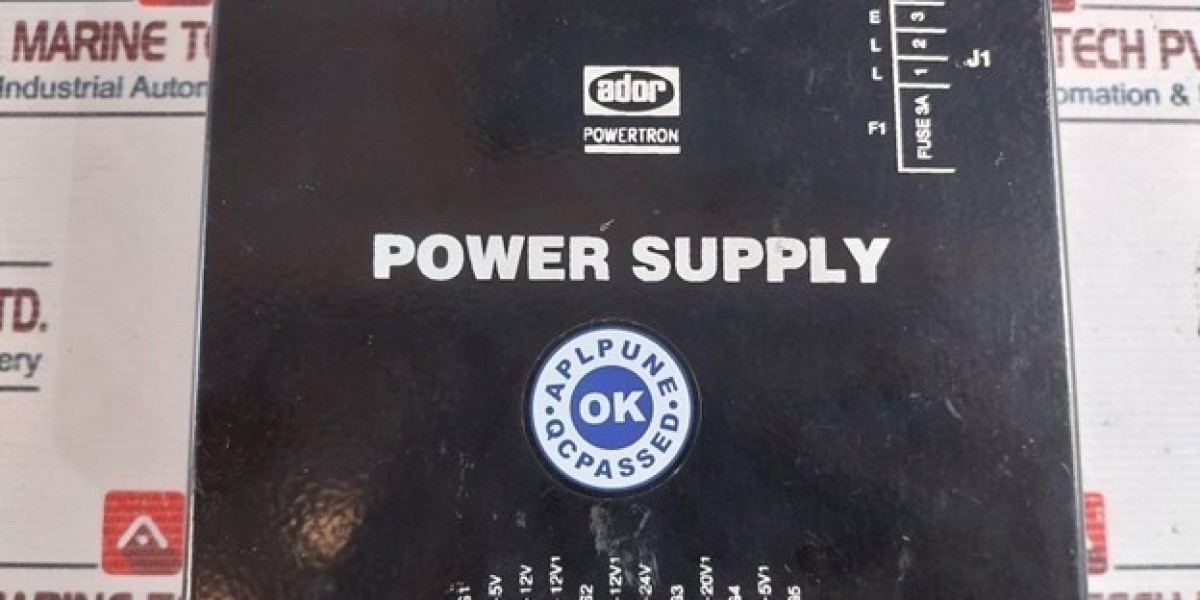A Switch Mode Power Supply (SMPS) has become the power solution of preference due to its efficiency, compact size, and reliability. In industrial automation, telecommunication, and consumer electronics, power solutions based on SMPS provide stable voltage regulation with low energy loss.
Creating an efficient SMPS power system requires appropriate planning, component selection, and adherence to best practices to deliver maximum performance and lifespan.
In this blog, we will examine the key considerations and best practices in designing a reliable switch mode power supply, focusing on medium-frequency power switching to deliver better efficiency.
Understanding SMPS and Its Importance
A Switch Mode Power Supply (SMPS) is highly efficient in power conversion by switching the components on and off at high frequency, minimizing power loss. Unlike linear power supplies where surplus energy is dissipated as heat, power solutions involving SMPS regulate voltage with greater efficiency and, therefore, come into everyday use where energy conservation and space optimization are critical.
The main advantages of SMPS power systems include:
High efficiency - It transmits power with minimal energy loss.
Space-Saving Design - Smaller and lighter than linear power supplies.
Broad input voltage range - It works efficiently with fluctuating input power.
Low Heat Dissipation – Reduces the need for large-scale cooling systems.
Key Considerations When Designing an Efficient SMPS
- Choosing the right switching frequency
An SMPS power system's efficiency is greatly influenced by its switching frequency. Medium frequency power switching between 50 and 500 kHz offers a good compromise between efficiency and acceptable thermal performance.
Higher frequency: Minimizes component size but maximizes switching losses.
Lower frequency: It decreases switching losses but requires more significant components.
Optimal Medium Frequency: Satisfies efficiency needs by maintaining component size and thermal concerns within bounds.
- Selection of Components
For high performance to be attained, the right components should be selected:
Switching Devices (IGBTs and MOSFETs) - Lower switching losses and faster response times improve efficiency.
Inductors and Transformers: Specifically designed to minimize energy loss when switching power at medium frequency.
Capacitors - Capacitors with low ESR (Equivalent Series Resistance) deliver better filtering and stable output.
- Thermal Management and Heat Dissipation
Effective power designs in SMPS should address heat dissipation to prevent overheating and failure:
Use Heatsinks: They help dissipate the excess heat of the switching components.
Active Cooling (Fans) - Critical in high-power situations.
Efficient PCB Design - Optimizes airflow and thermal distribution.
- EMI and Noise Reduction
Switching devices in an SMPS power system generate electromagnetic interference (EMI), which has the potential to affect performance:
Precise PCB Layout – Shorter trace lengths decrease EMI.
Shielding and filtering: EMI filters and ferrite beads filter out noise.
Snubber circuits - Protect against voltage spikes and make systems more reliable.
Best Practices for SMPS design
Optimize Switching Frequency - Balance efficiency and thermal performance.
Choose High-Quality Components – For reliability and durability.
Manage heat effectively - Implement the use of heatsinks and ventilation. Reduce EMI - Use noise suppression techniques and shielding.
Testing Under Load Conditions - Ensure stable operation across different power levels.
Conclusion:
Future of SMPS Power Design As power supplies require greater energy efficiency, compact size, and improved performance, advances in medium-frequency power switching are shaping the future of switch mode power supply technology. Innovative designs, better thermal management, and improved components drive SMPS to greater efficiency and reliability.
Looking for professional SMPS power solutions that address your unique requirements?
Contact us today to create high-efficiency power systems that meet your application requirements!
Contact us today!



